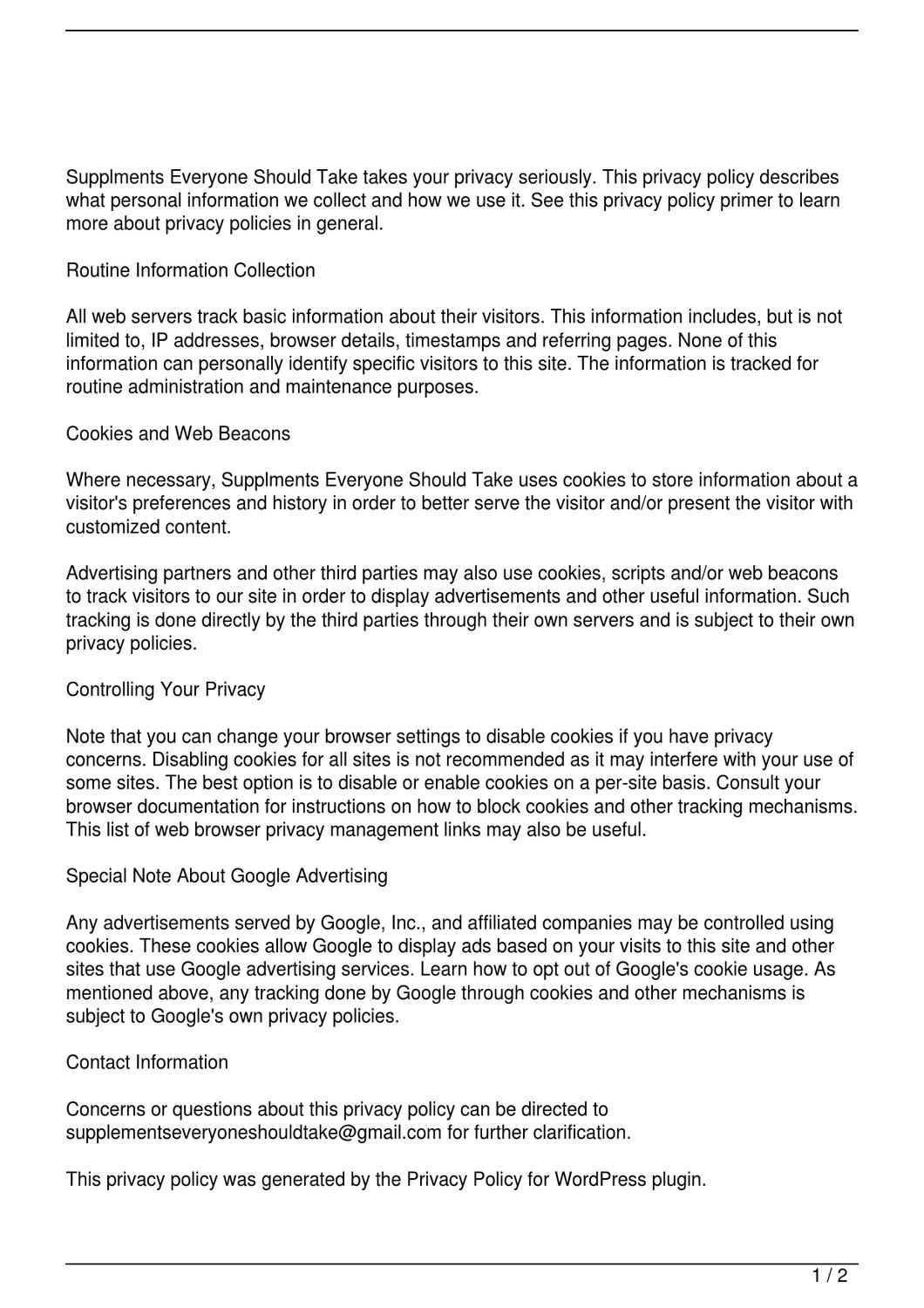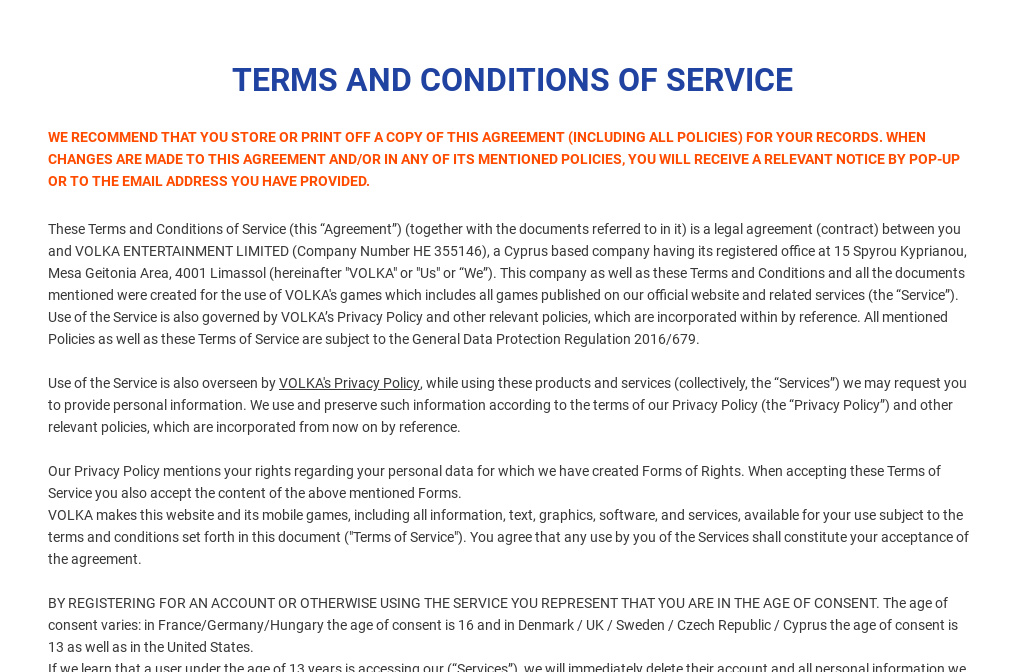Privacy Policy Overview

A Privacy Policy is a legal document that outlines the way an organization or company collects, uses, and discloses personal information from its users. It also details the measures taken to protect the privacy and security of such information. Privacy policies are essential for ensuring that individuals' data is collected and utilized in a responsible and ethical manner, while also complying with relevant laws and regulations.

Key Elements of a Privacy Policy:

Data Collection: The policy specifies the categories of personal information collected, such as name, email address, location, browsing history, and any other relevant details.
Purpose of Data Collection: The purpose of collecting the data is clearly stated, whether it be for providing personalized experiences, marketing purposes, research, or other specific reasons.
Data Sharing: The policy outlines the circumstances under which the organization may share user data with third parties, such as service providers, partners, or legal authorities.
Data Security: The policy describes the technical and organizational measures implemented to protect user data from unauthorized access, use, or disclosure. This may include encryption, secure storage, and regular security audits.
User Rights: The policy specifies the rights individuals have over their personal data, including the right to access, correct, delete, or restrict its processing.
Compliance with Laws: The policy acknowledges and adheres to relevant privacy laws and regulations, such as the General Data Protection Regulation (GDPR) or the California Consumer Privacy Act (CCPA).
Updates and Changes: The policy indicates the process for making changes to the privacy policy and when such changes will take effect.
By providing clear and comprehensive privacy policies, organizations demonstrate their commitment to protecting users' privacy and handling their data responsibly. Adherence to these policies ensures trust between users and service providers, promoting ethical and compliant data practices.## Privacy Policy Overview
Executive Summary
A privacy policy is a legal document that outlines how a website or business collects, uses, and shares personal information of its users. It is a critical component of online business and is required by law in many jurisdictions. A well-crafted privacy policy can build trust with users, protect the business from legal liability, and enhance its reputation for transparency.
Introduction
With the growing use of the internet, protecting personal data has become increasingly important. A privacy policy provides users with the assurance that their confidential information is being handled responsibly and in accordance with applicable laws.
Key Subtopics of a Privacy Policy
1. Personal Information Collected
- Types of information collected: Identifies the specific data gathered by the website or business, such as name, email address, location, browsing history, and payment information.
- Purpose of collection: Outlines the legitimate reasons for collecting the data, such as providing services, personalizing experiences, or improving products.
- Data sources: Specifies the methods by which the data is collected, such as direct input by users, cookies, or third-party tracking tools.
2. Use of Personal Information
- Internal uses: Describes how the website or business uses the data for its own purposes, such as processing transactions, providing customer support, or conducting marketing activities.
- External uses: Discloses whether and under what circumstances the data may be shared with third parties, including affiliate companies, partners, or government authorities.
- Data retention: Specifies the period for which the data will be stored and the processes for its subsequent disposal.
3. User Rights
- Access to information: Outlines the user's right to request access to their personal data and obtain a copy of it.
- Rectification and deletion: Describes the user's ability to correct inaccurate data or request its deletion in certain circumstances.
- Consent withdrawal: Explains how users can withdraw their consent for the collection and use of their personal information.
4. Security Measures
- Data protection technologies: Lists the measures implemented to protect the collected data from unauthorized access, disclosure, or misuse, such as encryption, firewalls, and intrusion detection systems.
- Data breach response: Outlines the procedures in place to respond to data breaches, including user notification, containment efforts, and damage mitigation.
- Employee training: Emphasizes the importance of employee confidentiality and training in data handling practices.
5. Changes to the Privacy Policy
- Notification of changes: Informs users about any changes made to the privacy policy and how they will be notified of such changes.
- Effective date: Specifies the date on which the revised privacy policy comes into effect.
- Acceptance of terms: Outlines the consequences of using the website or services after any changes to the privacy policy have been made.
Conclusion
A comprehensive privacy policy is a vital tool for building trust and ensuring compliance with legal requirements. By clearly communicating its data collection, use, and sharing practices, a business can demonstrate its commitment to respecting user privacy and protecting their personal information. A well-crafted privacy policy not only protects users but also strengthens the business's reputation and legal standing.
Keyword Phrase Tags
- Privacy Policy
- Personal Data Protection
- Data Collection and Use
- User Rights
- Security Measures


























































































































